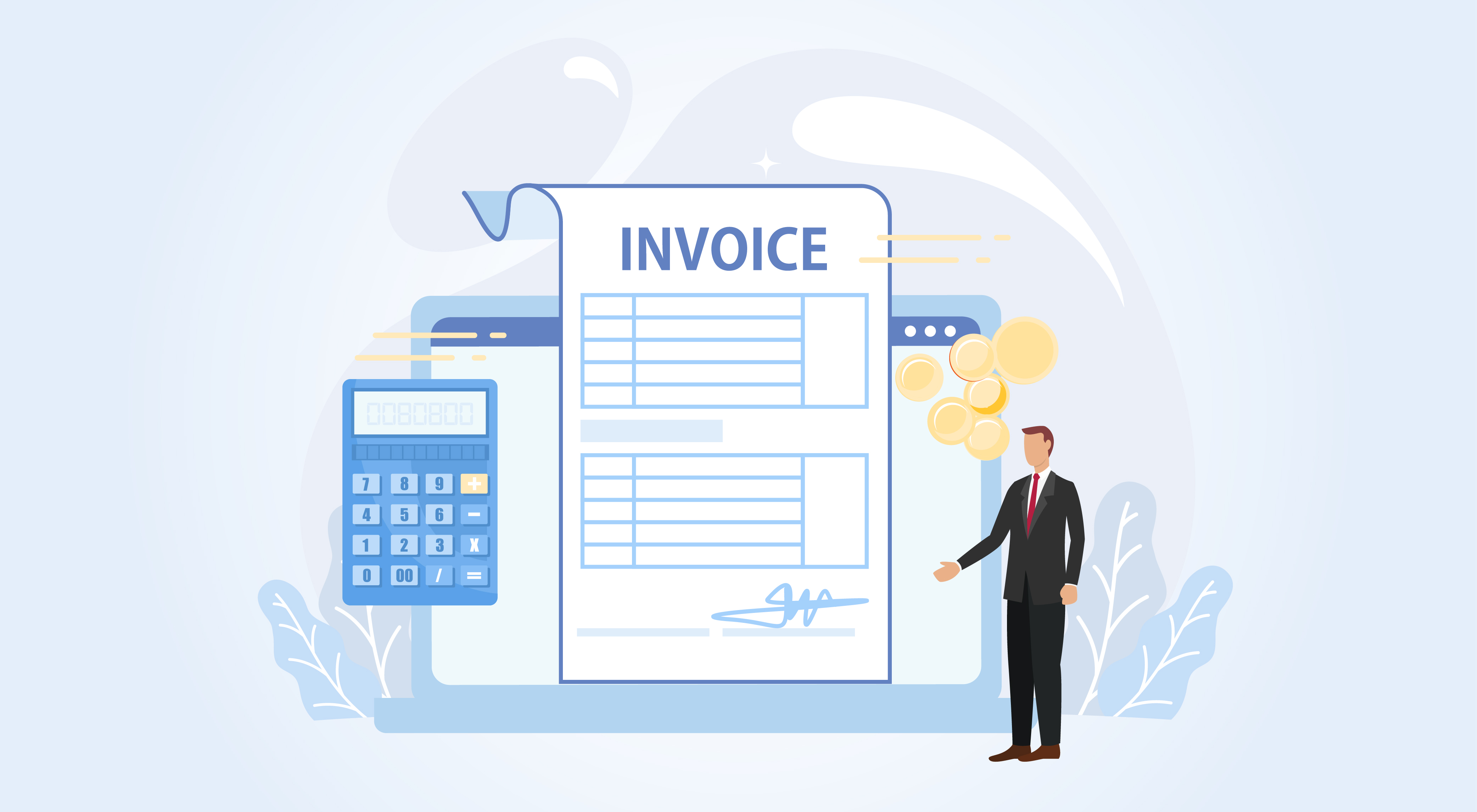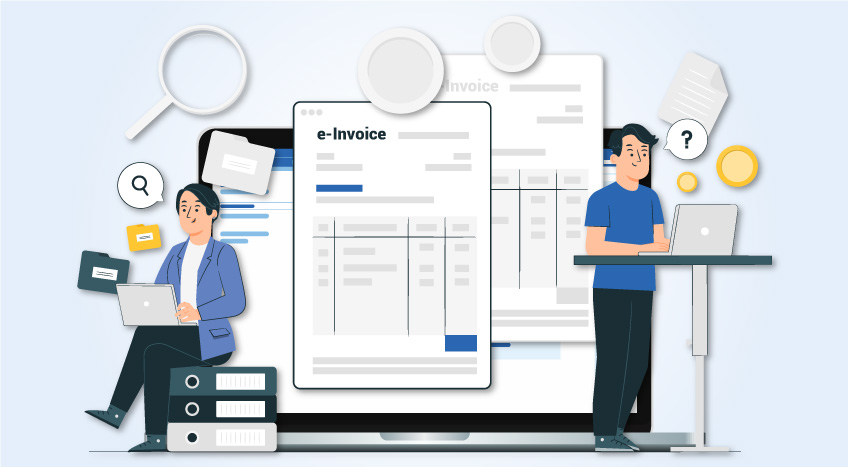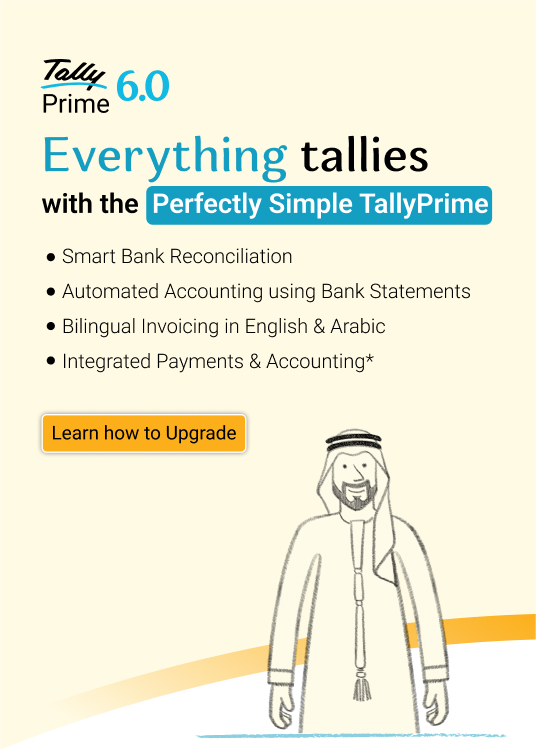Value Added Tax (VAT) compliance refers to the process of accurately calculating, reporting, and paying VAT to the Federal Tax Authority (FTA) within prescribed timelines. In the UAE, every VAT-registered business must file its returns electronically through the FTA’s EmaraTax portal within 28 days of the end of each tax period.
Although filing online is mandatory, the approach differs across businesses. Some businesses can prepare and upload returns manually, while others can use connected filing through FTA-approved accounting software.
Understanding the key difference between these two methods can help you choose the one that ensures accuracy, compliance, and efficiency as your business grows.
Understanding manual VAT filing and its limitations
Manual filing is the traditional, manual process of preparing and submitting VAT returns. It is the older procedure, and it typically involves the following steps:
- Data Collection: Gathering relevant, accurate sales and purchase information from books of accounts or operational records.
- Calculating key business metrics: Computing, total sales and ascertaining the taxable amount. It also involves calculating purchases, output VAT, input VAT and other cost adjustments.
- Uploading data: After calculating the financial numbers, users must upload the figures manually into the online VAT Form 201, in the FTA’s EmaraTax portal.
- Final submission: After all data points are uploaded and scrutinised, users can download the confirmation and store records for future audit purposes.
This is the current VAT filing technique, and it has significant drawbacks. Manual filing takes considerable time and, being fully dependent on human input, is more susceptible to errors. Another major issue is that it is difficult to scale as transaction volumes grow. Even small typos or data errors can result in incorrect VAT returns or even hefty legal penalties.
If your business operates on a smaller scale with a manageable transaction volume, then manual VAT filing may still be a feasible option. However, it might become a roadblock further down the road as the business grows operationally.
Understanding connected VAT filing and how it works
Connected VAT filing, also called integrated filing, is a more advanced VAT filing protocol. Here, FTA-approved software automates the process by directly linking your accounting system with the FTA’s EmaraTax platform.
Here, you don’t need to record figures manually; your accounting software automatically creates, collates, validates, and transfers VAT data in the correct FTA-approved format. Depending on the system, this can include the following:
- Single-click submission: You can directly upload Form VAT-201 through the FTA-approved software’s integrated capabilities.
- Automatic VAT returns: The integrated software calculates VAT returns based on real-time transactions already recorded in your books.
- Seamless integration: All relevant business data is transferred digitally using FTA-compliant standards and encryption.
- Smoother audit: Every submission and adjustment is logged automatically. Hence, making the business audit ready and fully compliant.
There are major benefits of connected filing. It eliminates repetitive tasks and human errors. It also ensures businesses align with the UAE’s increasing focus on digital tax reporting and e-invoicing. Hence, improving legal compliance.
In short, connected filing helps businesses spend less time on admin and more time on strategy.
Preparing your business for connected VAT filing
If you are considering upgrading to a connected VAT filing system for greater convenience and accuracy, there are a few important factors to review before making the switch. Keeping these in mind will help ensure a compliant transition:
- Check your filing frequency: In the UAE, VAT returns are usually submitted quarterly or monthly, depending on turnover and FTA approval.
- Use only FTA-approved software: Confirm that your accounting system can generate an accurate VAT 201 form and support EmaraTax-compliant XML uploads or direct submissions.
- Validate your data: Although the software automates much of the process, it remains essential to review all figures carefully before submission.
- Maintain proper records: Keep supporting invoices, ledgers, and return acknowledgements for at least five years, as required by the Federal Tax Authority (FTA).
How can TallyPrime support accurate VAT filing?
TallyPrime is an FTA-approved tax filing software available in the UAE. It helps businesses move seamlessly from manual to connected filing.
With TallyPrime, businesses can simplify VAT filing through features such as:
- Automatically gather data and create factually correct FTA-ready VAT returns (Form 201)
- Scrutinise entries and flag potential data anomalies in real-time
- Upload or directly submit returns to the EmaraTax portal
- Keep businesses compliant with upcoming e-invoicing and digital reporting mandates
TallyPrime helps businesses achieve VAT compliance efficiently while maintaining operational transparency.
Manual VAT filing can work for smaller businesses, but it often demands more time, effort, and oversight. As your operations expand, this method becomes harder to manage and increases the risk of filing errors.
Connected VAT filing, by contrast, brings speed, accuracy, and efficiency through automation. It aligns your business with the UAE’s shift towards digital tax compliance and ensures you stay up to date with regulatory requirements.
Switching to connected filing means future-proofing your compliance and freeing time for growth. With TallyPrime, your business can make this transition confidently, staying accurate, compliant, and future-ready.









